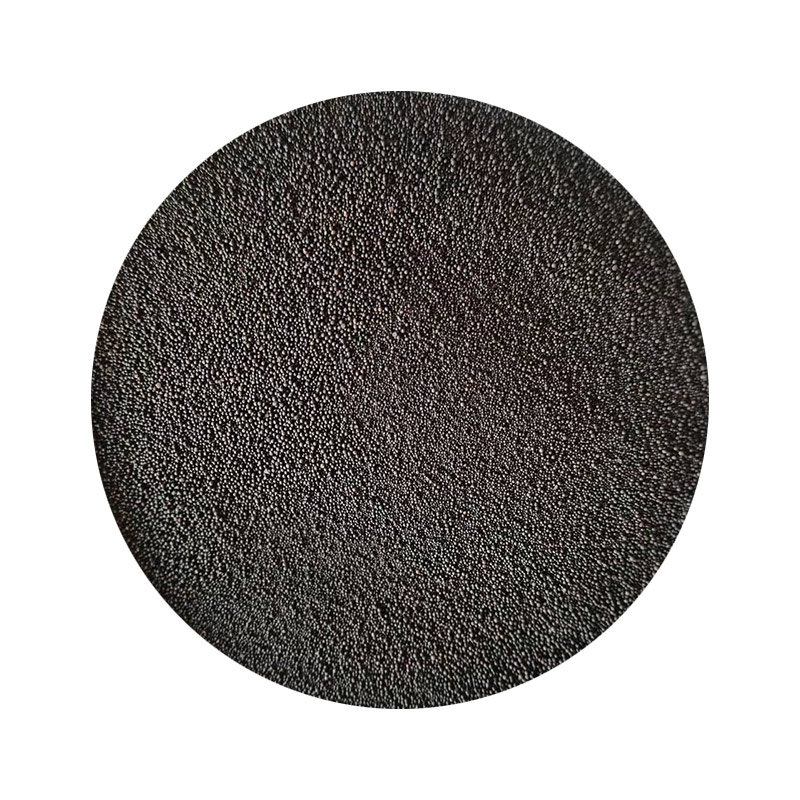The Foundry Sand Casting Process An Overview
Foundry sand casting is a crucial manufacturing process that transforms raw materials into intricate metal components used across various industries. This method is favored for its versatility, cost-effectiveness, and ability to produce complex shapes with high precision. Understanding the sand casting process involves delving into its fundamental steps, materials, and advantages.
At the heart of sand casting is the use of a mold made from a mixture of sand, clay, and water. To create this mold, the desired shape of the final product is first designed, typically using Computer-Aided Design (CAD) software. A pattern, usually made from metal, plastic, or wood, is then produced to match the dimensions and contour of the final component. This pattern is placed within a box called a flask, where sand is packed around it to create the mold.
Once the pattern is in place, the sand mixture is compacted to ensure that it holds the shape of the pattern. The compacted sand mold is then carefully separated from the pattern to create two halves, known as cope (the top half) and drag (the bottom half). This is a delicate process, as any defects in the mold can lead to imperfections in the final cast product.
After mold preparation, the next phase is to pour molten metal into the mold. The type of metal used depends on the specific requirements of the final product and can include aluminum, iron, bronze, or other alloys. The metal is melted in a furnace, reaching temperatures high enough to ensure it flows smoothly when poured. Once the metal is ready, it is meticulously poured into the sand mold’s cavity, where it will cool and solidify into the desired shape.
foundry sand casting process

Cooling is a critical step in the foundry sand casting process. Depending on the type of metal used, cooling can take anywhere from a few minutes to several hours. During this time, the metal undergoes structural transformations that affect its final properties, such as strength and ductility. Once the metal has cooled sufficiently, the sand mold is broken away to reveal the cast part.
Post-processing is often required to achieve optimal surface finish and dimensional accuracy. This may involve grinding, sanding, or machining the part to remove imperfections caused during casting. In many cases, additional treatments such as heat treatment or surface hardening may be applied to enhance the material properties of the cast component.
One of the primary advantages of the sand casting process is its flexibility. It can accommodate a wide range of sizes and shapes, from small intricate parts to large heavy-duty components. This versatility makes it ideal for numerous industries, including automotive, aerospace, and construction. Furthermore, the setup cost for sand casting is relatively low compared to other manufacturing methods, making it an attractive option for both low-volume production runs and larger scale manufacturing.
Moreover, the sand casting process is environmentally friendly. The sand used can often be recycled and reused multiple times, minimizing waste. As industries move towards more sustainable practices, the use of foundry sand casting aligns with these goals.
In conclusion, the foundry sand casting process is a significant manufacturing technique that plays a vital role in producing parts for various applications. Its combination of versatility, cost-effectiveness, and environmental sustainability makes it an enduring choice in the manufacturing landscape. Understanding this process provides valuable insights into the foundational aspects of metalworking and component production.
Post time:Th11 . 11, 2024 22:31
Next:bauxite sand
